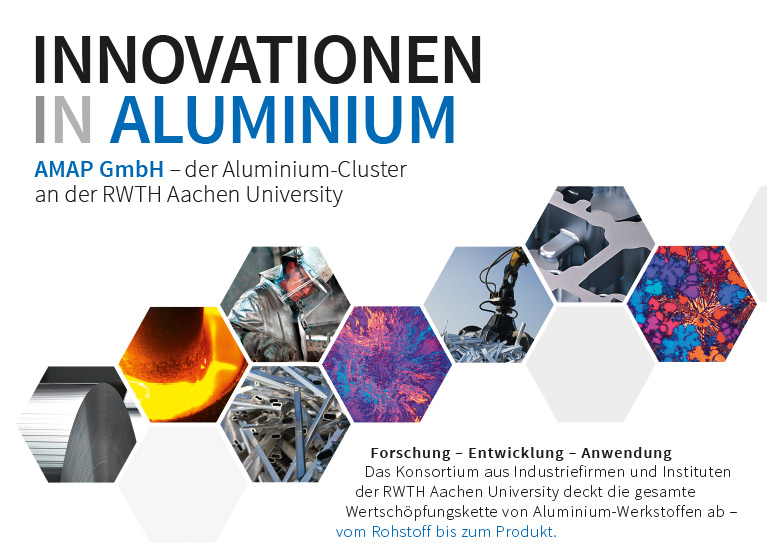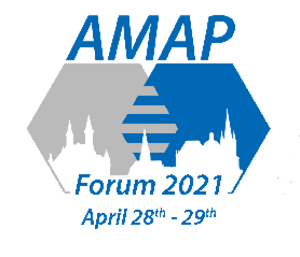I.4 - Understanding the effect of deformation on the intergranular corrosion of Al-Mg-Si-Cu alloys
Roland Müller-Jena
KKS
Summary
The lecture “Understanding the effect of deformation on the intergranular corrosion of Al Mg Si Cu alloys”, which is an excerpt from the AMAP follow-up project P22-UnICorn, presented by Roland Müller-Jena from the Chair of Corrosion and Corrosion Protection at RWTH Aachen University, dealt with a fundamental understanding of the intergranular corrosion of 6000 series aluminum alloys.
The content of the P22-UnICorn project deals with the analysis of the influence of deformation on the inter- and intracrystalline precipitate formation of 6000 series aluminum alloys and their correlation to intercrystalline corrosion and mechanical properties. One focus was on higher resolution microstructure investigations, which lead to a better understanding of the mechanisms.
Due to their relatively high strength, good formability and good corrosion resistance, aluminum alloys of the 6000 series are widely used in lightweight automotive construction, for example. However, they are susceptible to intergranular corrosion depending on the alloying, forming and heat treatment conditions. Rapidly progressing and difficult to detect, intercrystalline corrosion significantly impairs the mechanical properties and is therefore highly undesirable.
The initial question was “How does the degree of deformation affect intercrystalline corrosion?”. There are various theories on this, but statements on the effect of deformation on intercrystalline corrosion are scattered in the literature across several alloy systems and specific processing routes, while systematic studies are only available to a very limited extent, as Müller-Jena emphasized.
As part of the AMAP P22 UniCorn investigations, a wide variety of aspects were taken into account, Müller-Jena continued:
- Hardness and grain size investigations as a function of the alloy and heat treatment
- Tests on intercrystalline corrosion and identification of corrosion mechanisms
- Electrochemical tests using cyclic potentiodynamic polarization
- Extensive electron microscopic microstructural analyses
The results of the investigations lead to the following conclusion about the effect of deformation on intergranular corrosion:
- Deformation leads to a change in microstructure, such as a change in precipitate morphology at the grain boundaries and thus in intergranular corrosion resistance.


